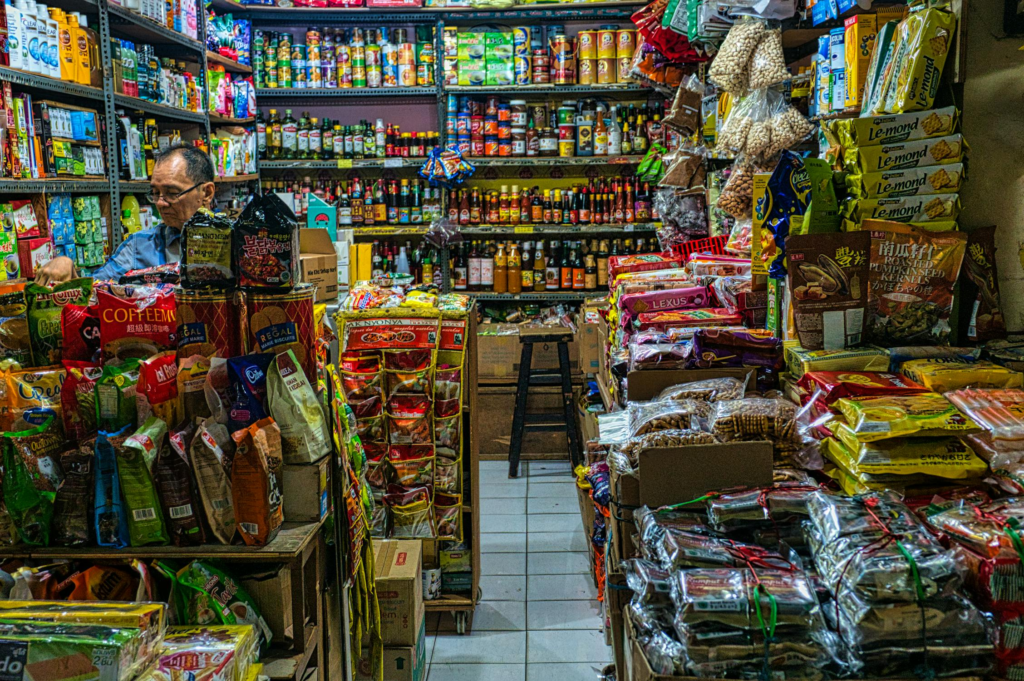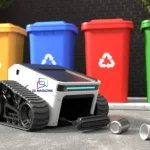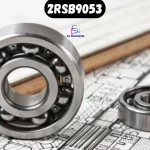In the competitive retail world, maximizing space and creating an efficient product layout can significantly impact sales and customer experience. A well-organized store layout can guide customers through the shopping journey, highlighting key products and creating an engaging atmosphere. One essential tool for this process is a planogram—a visual representation that helps retailers decide where and how products should be placed. From improving product visibility to enhancing the shopper’s experience, a well-designed planogram is a powerful asset in any retail strategy. Here’s a guide to creating effective planograms that optimize retail space and boost sales. With a well-designed planogram, retailers can highlight high-margin products, streamline customer navigation, and even promote cross-selling by placing complementary items together. This method of organized and intentional product placement not only makes it easier for customers to find what they’re looking for but also encourages them to explore more of what the store has to offer.
1. Understanding the Purpose
A planogram is more than just a layout guide; it’s a strategic tool that can help retailers align their visual merchandising with sales goals. Planograms show where every product should be placed on shelves and how much space each item requires, helping retailers maintain a consistent look while maximizing product exposure. Using planogram software solutions allows retailers to streamline this process and efficiently test different layouts. Effective planograms can also improve inventory management, as they ensure the right amount of stock is displayed for each product. Understanding the role of a planogram is the first step toward creating a layout that serves both the store’s goals and customer needs.
2. Analyzing Customer Behavior and Traffic Flow
One of the key elements of a successful planogram is understanding customer behavior and traffic flow. Observing how customers move through the store can help retailers identify high-traffic areas and make strategic decisions about where to place best-selling or high-margin products. For instance, high-demand items should be placed at eye level in busy aisles to draw attention and increase the likelihood of purchase. Analyzing these patterns enables retailers to create a planogram that naturally guides customers through the store, enhancing the shopping experience. Studying customer behavior also reveals which products are commonly purchased together, allowing retailers to place complementary items nearby. This strategy can encourage impulse buys and cross-selling, contributing to higher sales.
3. Categorizing Products for Visual Impact
To create an organized and visually appealing layout, it’s essential to group products by category or theme. A well-structured planogram will place related products together, making it easier for customers to find what they need and encouraging them to explore similar items. For instance, placing all personal care products in one section or grouping snack items by type (such as chips, candy, and beverages) helps create a logical flow that enhances the shopping experience. Arranging products by category can also highlight new or seasonal items, drawing customer attention to these high-interest products. By categorizing items effectively, retailers can create a visually cohesive layout that appeals to customers and encourages longer browsing times.
4. Utilizing Space Effectively: Eye Level and Reach Zones
In any retail setting, eye level is prime real estate. Studies show that products placed at eye level tend to sell better, as they are more likely to catch the shopper’s attention. Planograms should use eye-level shelves for high-margin or best-selling items, while lower and upper shelves can be reserved for less popular products. The reach zone, which includes shelves that are easily accessible without bending or stretching, is another area where retailers should place attractive or impulse-buy items. Effective space utilization also involves balancing the use of vertical and horizontal space, ensuring that each area of the shelf is utilized in a way that enhances product visibility. When retailers use these zones strategically, they make it easier for customers to discover and reach for products, improving sales potential.
5. Maintaining Brand Consistency Across Displays
Brand consistency is crucial in retail, as it helps create a cohesive image that resonates with customers. An effective planogram will consider brand colors, logo placement, and product packaging to ensure that the display aligns with the brand’s identity. For multi-brand stores, maintaining clear sections for each brand while aligning with the overall store aesthetic is essential. Retailers should also consider the brand’s values when placing products—whether that means highlighting eco-friendly items in a green-themed display or creating a premium section for high-end products. Consistency not only strengthens brand recognition but also enhances the overall shopping experience by creating a familiar and trusted environment.
6. Incorporating Flexibility for Seasonal Changes
Retail space and product displays need to be adaptable, especially to accommodate seasonal changes and new promotions. A flexible planogram allows retailers to make quick adjustments to showcase holiday products, new arrivals, or limited-time offers without disrupting the overall layout. This adaptability is especially important in stores with frequent product turnover or stores that offer seasonal collections. Planograms should account for the potential need to rotate or replace products and adjust shelving as needed. This approach keeps the store looking fresh and encourages repeat customers to explore new options. By designing planograms with flexibility in mind, retailers can stay agile and responsive to changes in demand.
7. Monitoring and Optimizing Planogram Performance
A successful planogram isn’t static; it requires ongoing monitoring and optimization. Tracking the sales performance of each layout can help retailers identify what’s working and what isn’t, allowing them to refine their planograms over time. Retailers can use sales data to adjust product placements, experiment with new layouts, or add promotional displays to improve performance. Feedback from store staff and customers can also provide valuable insights for fine-tuning the layout. Regularly reviewing and updating the planogram ensures that the store’s setup continues to meet the evolving needs of the business and its customers.

Creating an effective planogram requires strategic planning, a deep understanding of customer behavior, and flexibility to adapt to changes. By leveraging software, retailers can simplify this process and make data-driven decisions that enhance product visibility, boost sales, and improve the customer experience. Whether you’re aiming to highlight best-sellers, manage seasonal products, or promote brand consistency, a well-crafted planogram is a valuable tool in maximizing retail space and driving business success. With these strategies, retailers can create a shopping environment that is visually appealing, organized, and tailored to meet both business goals and customer expectations.







